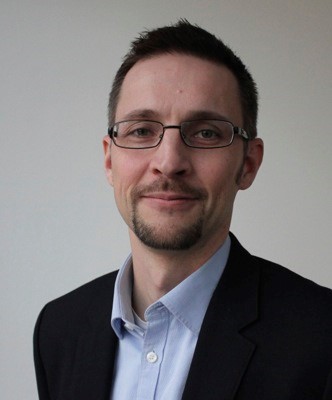A delicate balance between securing and sharing data
NeIC has recently hired 39-year-old Finn Antti Pursula to coordinate the Tryggve Project – an ambitious project designed to develop simpler, safer, e-infrastructure services for researchers to improve our quality of life. Mr Pursula is employed by CSC in Finland, and will continue to have his office there. In this interview he explains the Tryggve Project.
What is the Tryggve Project?
- The Tryggve Project is working to build a distributed Nordic platform for managing and processing sensitive biomedical data. The Nordic countries are leaders in handling this kind of sensitive data, and many good services are being developed and piloted in the various countries. The Tryggve Project wants to build on this momentum by developing a common platform in the Nordic countries, in good collaboration with the national e-infrastructures.
Why do we need it?
-
The amount of data is expanding very rapidly. These data are primarily large genomics datasets with significant potential for analysis. This could be data on the human genome or proteome and its variations.
-
Biomedical researchers want to combine the genomics data with medical diagnostics, personal data, or information about people’s habits, such as their diets, or environmental factors. When we combine this information with an individual or typical genome of the group, we can make new discoveries about how the genome influences an individual’s susceptibility to certain disorders, for instance. Obviously, we need to be very careful how we make these data available.
-
If you authorise someone to access your genome information, you must be very careful that it is protected. That is why a good platform for this is needed. We must store the data securely, so that each researcher can only access data they are authorized to work with, and nothing else. At the same time, though, we must make it possible to share and combine data, when the owner of the data has given his or her permission. What is the greatest challenge?
-
There are major technical and legal challenges here. Tryggve is actually developing a digital process for sharing sensitive BMS data for research, based on highly secure IT platform. This is set to replace the current manual process for granting access rights and sending of information, and proving that the digital process is at least as secure as the old way of working will take time and effort. One technical challenge is that the various countries have already selected different options, and integration can be difficult.
What is the goal of the Tryggve Project?
- It would be an excellent outcome if we could create a joint Nordic platform accessible from all countries that is used to store, share and access sensitive biomedical data. And we may be able to achieve this over the next three years. We have high aspirations. In practice, we will build the project from use cases. Last year the NeIC received letters of interest from various user communities, and this year, for example, we are planning to start working with the Nordic biobanking initiatives.
How will you achieve this outcome?
- I think the most important factor for success in this project is collaboration between the countries. The stakeholders, user communities, reference groups, service providers and the like must communicate. I believe that working together across our national borders adds value, and that there is much to be gained from our cooperation.

